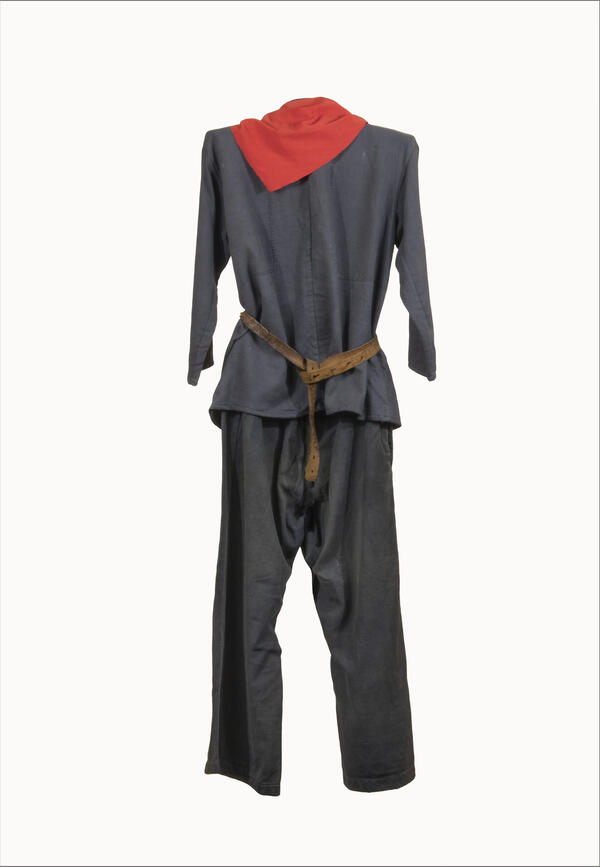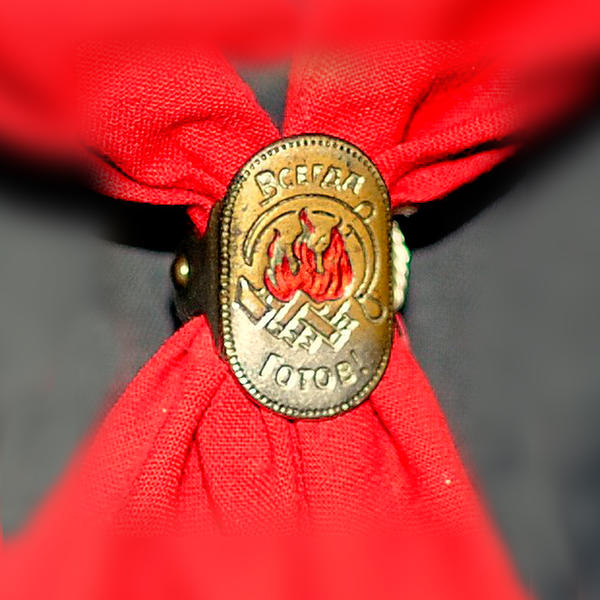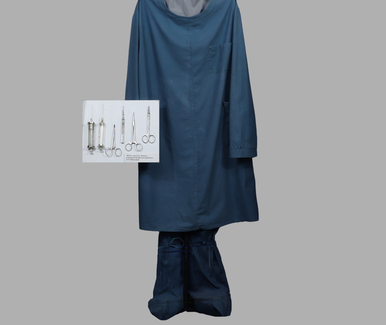In May 1911, the school-colony “Vigorous Life” (Bodraya Zhizn) began its work in the territory of the present-day city of Obninsk in Kaluga Oblast. It originated from a summer labor camp for the children of workers from the Moscow outskirts. The school was headed by the innovative educator Stanislav Teofilovich Shatsky. He decided to create a realm of happy childhood, educating children through work, beauty and art. Shatsky dreamed of creating a network of educational institutions that would help develop the child’s personality. After the revolution this project was supported by Nadezhda Krupskaya, and on May 16, 1919 the “Statute of the First experimental station” was adopted at the meeting of the People’s Commissariat of Education. The school-colony “Vigorous Life” became the center of the station and a large-scale pedagogical experiment in educating a “new person” began.
Stanislav Shatsky regarded a children’s group as a social structure for educating future builders of communism. At the beginning of 1925, a pioneer detachment was organized at the school-colony. Its goal was to raise young fighters for the cause of the Communist Party of the USSR. The motto reflected this sentiment: “Pioneer, be ready to fight for the cause of the Communist Party of the Soviet Union!” — “Always ready!” The pioneer colonists promoted the new system: they read newspapers to the peasants from the surrounding villages, told them about political developments, urged the inhabitants to go to the local councils to vote and join the collective farms, and conducted anti-religious propaganda.
The colonists had no special uniform: a pupil could wear a pair of plain trousers and a shirt with a belt around the waist. The sign of belonging to the Pioneer organization was a pioneer tie, a red neckerchief, a symbolic piece of the red banner. The Pioneer badge did not exist in the pre-war years, a special metal clip was used instead. It depicted a blazing red fire against a background featuring the hammer and sickle. The inscription on the clip repeated the pioneers’ motto: “Always ready!” Because of the difficulty of producing the clips, they did not become a mass item, and the pioneer ties were tied with a special knot right from their introduction.
Stanislav Shatsky regarded a children’s group as a social structure for educating future builders of communism. At the beginning of 1925, a pioneer detachment was organized at the school-colony. Its goal was to raise young fighters for the cause of the Communist Party of the USSR. The motto reflected this sentiment: “Pioneer, be ready to fight for the cause of the Communist Party of the Soviet Union!” — “Always ready!” The pioneer colonists promoted the new system: they read newspapers to the peasants from the surrounding villages, told them about political developments, urged the inhabitants to go to the local councils to vote and join the collective farms, and conducted anti-religious propaganda.
The colonists had no special uniform: a pupil could wear a pair of plain trousers and a shirt with a belt around the waist. The sign of belonging to the Pioneer organization was a pioneer tie, a red neckerchief, a symbolic piece of the red banner. The Pioneer badge did not exist in the pre-war years, a special metal clip was used instead. It depicted a blazing red fire against a background featuring the hammer and sickle. The inscription on the clip repeated the pioneers’ motto: “Always ready!” Because of the difficulty of producing the clips, they did not become a mass item, and the pioneer ties were tied with a special knot right from their introduction.





